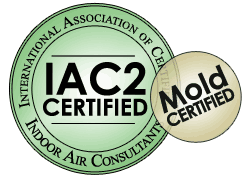|
Maintaining Your Water HeaterMost people don’t give any thought to their water heater—they just turn on the faucet and expect hot water to come out. Keep your water heater in peak operating condition by performing some simple routine maintenance. One step you can take is to drain your tank. How often you need to do this depends upon the sediment buildup you are getting in your tank. Some experts recommend draining once a year. I recommend draining your tank once, and checking sediment buildup. Check it six months or a year later and compare the amount of build up to your previous amount. This will give you an idea on how often you need to drain your tank. If you have more sediment, you would want to drain more often. Less sediment, drain less often. Come up with a good schedule, that will keep your sediment build up to a minimum. To drain the tank:
If you notice lots of sediment at the end of the draining process, you may have to do this several times to clear out the build up. This is common if this is the first time a unit has been drained in quite a while. Good luck!
Submitted by JonathanMeeker on Thu, 03/26/2009 - 07:05.
Reply |
Free recall check on all
appliances with each inspection!
    200% Guarantee DetailsOur 200% guarantee is so straight forward there is no need for fine print or searching endlessly…Here are the details in the front page;
If at time during inspection and before delivery of the report you do not like our services, what we are doing or any other matter, just tell us and we will leave..no questions asked. We will not charge you for the trip, time or anything else. We will then pay up to $300.00 for another inspector of your choice to come and complete your inspection upon presentation of their bill or receipt! |









